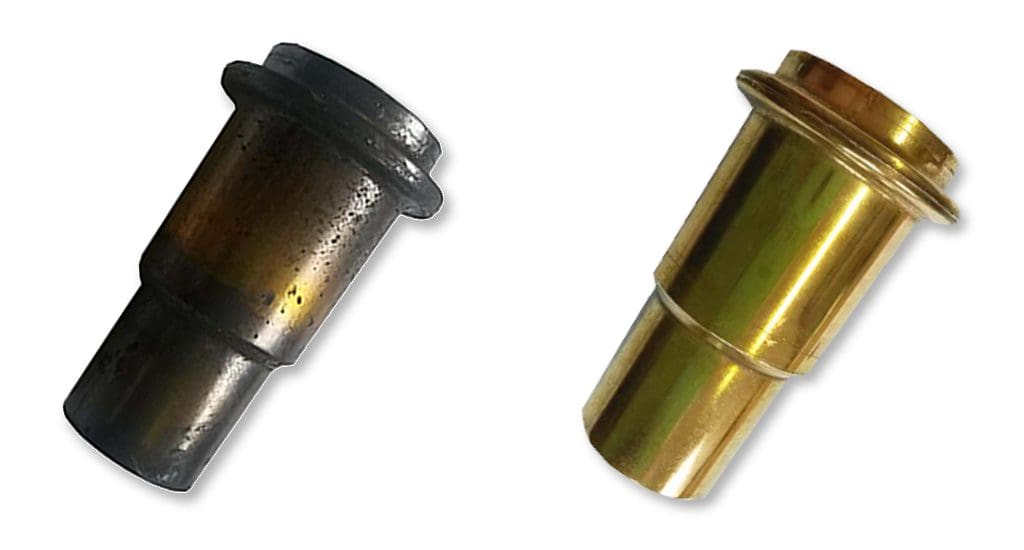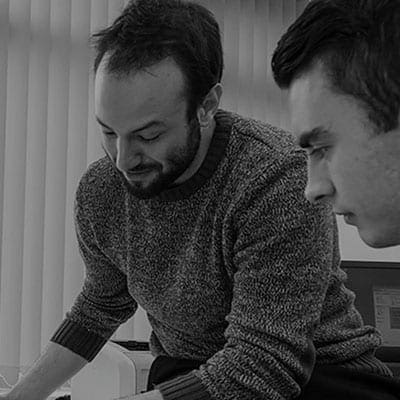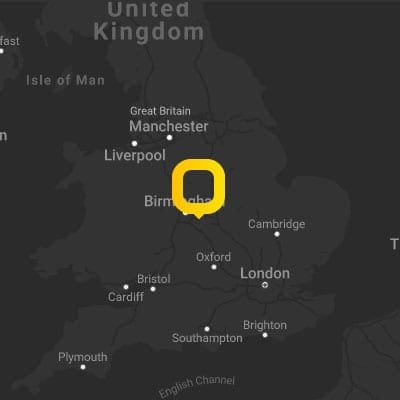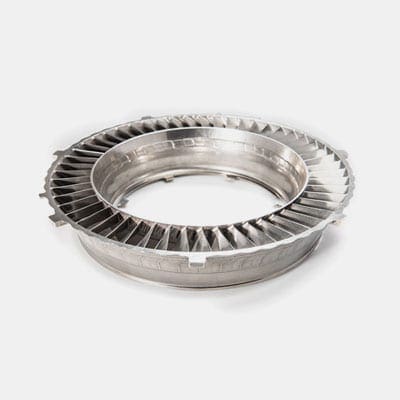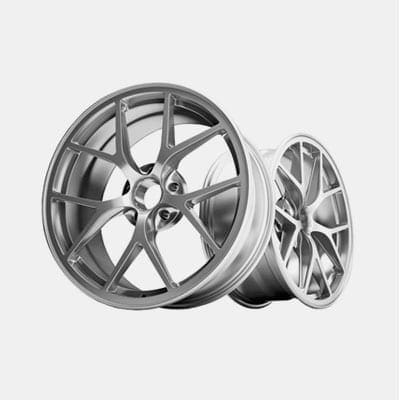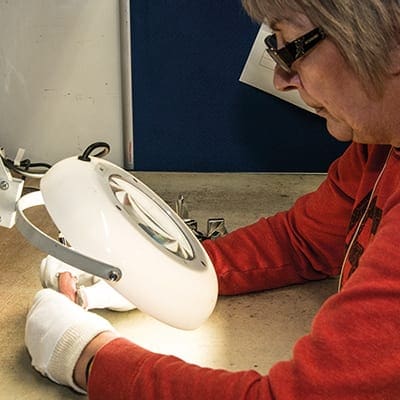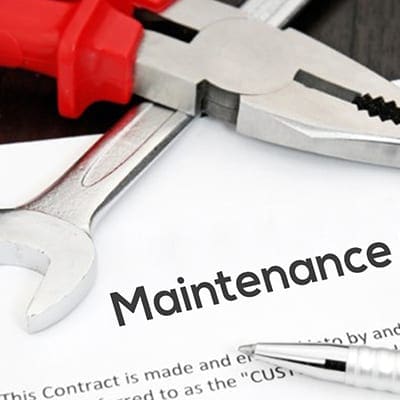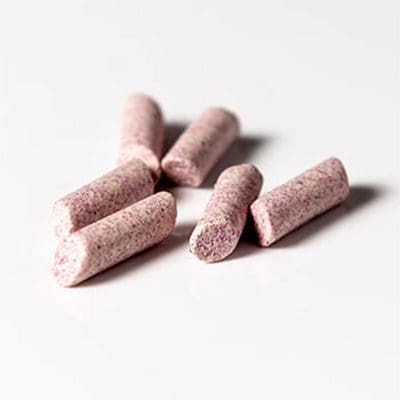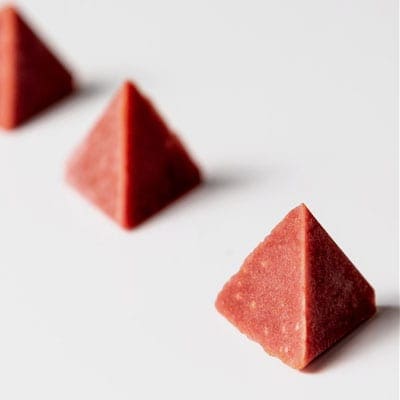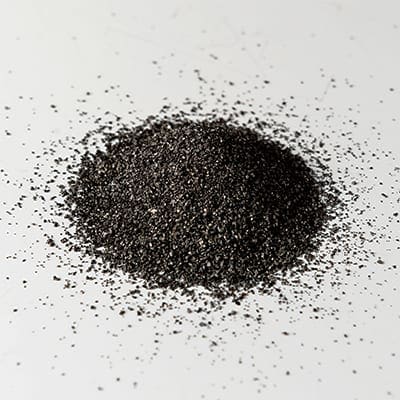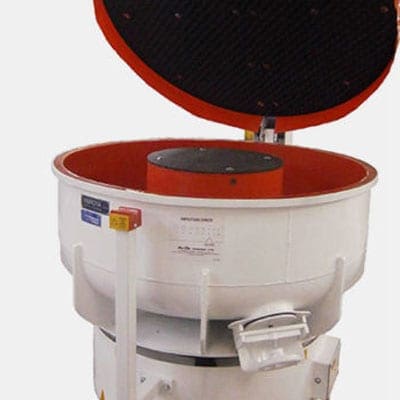-

-

-
- About
- Industries
-
Sub-Contracting
-
- Consumables
-
Cleaning
-
- All Ultrasonic Machines
- TT Standard Ultrasonic Series
- LT Pro Laboratory Ultrasonic Cleaning Machines
- MOT Automotive Ultrasonic Cleaning Machines
- One Tank Industrial Ultrasonic Cleaning Equipment
- Manual Multistage Ultrasonic Cleaning Equipment
- Multistage Automatic Ultrasonic Cleaning Machine
- Ultrasonic Generators
- Ultrasonic Cleaner Solution
-
-
Blasting & Peening
-
- All Shot Blasting Machines
- Powertrack Junior Portable Blast System
- Powertrack Portable Blast System
- ActOn Mobile Shot Blasting Room
- ECO Shot Blasting Machines
- Premium DI Suction Blasting Machines
- Premium DP Pressure Blasting Cabinets
- AWB Wet Blasting Cabinet
- Premium NP Wet Blasting Cabinets
- Automated Wet Blasting Machine
- NF Sandblasting Cabinets
- DLyte eBlast – Electro Shot Blaster
- AM Shot Peening and Blasting Series
- Automated Shot Blasting Equipment
- All Wheel Blasting Machines
- Spinner Hanger Blast Machine
- Tumble Rubber Belt Shot Blasting Machine
- Tumble Steel Belt Shot Blasting Machine
- Wire Mesh Belt Shot Blasting Machine
- Continuous Feed Overhead Rail Blasting Machine
- Roller Conveyor Blast Machine
- Continuous Feed Tube & Bar Blast Cleaning Machine
- Rotary Table Shot Blasting Machine
- Tunnel Concrete Shot Blast Machine
-
-
Surface Finishing
-
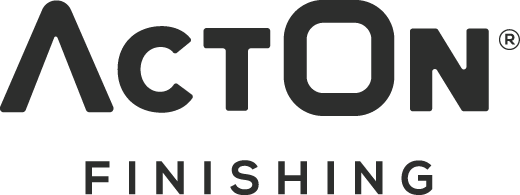


-
Surface Finishing
- All Mass Finishing Machines
- Vibratory Bowl Machines
- Vibratory Trough Machines
- Dual Finishing Machines
- Dryers
- Centrifugal High Energy Machines
- Disc Finishing Machines
- LE30 Rotary Barrel Machine
- Wheel Polishing Machine
- Automation for Mass Finishing
- Mass Finishing Accessories
- All Vibratory Machines
- Vibratory Dual Machines
- Vibratory Consumables
- Vibratory Bowl Machines
- Vibratory Trough Machines
- Dlyte Technology
- Waste Water Treatment
- REFURBISHED MACHINES
-
Blasting & Peening
- All Shot Blasting Machines
- Powertrack Junior Portable Blast System
- Powertrack Portable Blast System
- ActOn Mobile Shot Blasting Room
- ECO Shot Blasting Machines
- Premium DI Suction Blasting Machines
- Premium DP Pressure Blasting Cabinets
- AWB Wet Blasting Cabinet
- Premium NP Wet Blasting Cabinets
- Automated Wet Blasting Machine
- NF Sandblasting Cabinets
- DLyte eBlast – Electro Shot Blaster
- AM Shot Peening and Blasting Series
- Automated Shot Blasting Equipment
- All Wheel Blasting Machines
- Spinner Hanger Blast Machine
- Tumble Rubber Belt Shot Blasting Machine
- Tumble Steel Belt Shot Blasting Machine
- Wire Mesh Belt Shot Blasting Machine
- Continuous Feed Overhead Rail Blasting Machine
- Roller Conveyor Blast Machine
- Continuous Feed Tube & Bar Blast Cleaning Machine
- Rotary Table Shot Blasting Machine
- Tunnel Concrete Shot Blast Machine
- Refurbished Machines
-
Cleaning
- All Ultrasonic Machines
- TT Standard Ultrasonic Series
- LT Pro Laboratory Ultrasonic Cleaning Machines
- MOT Automotive Ultrasonic Cleaning Machines
- One Tank Industrial Ultrasonic Cleaning Equipment
- Manual Multistage Ultrasonic Cleaning Equipment
- Multistage Automatic Ultrasonic Cleaning Machine
- Ultrasonic Generators
- Ultrasonic Cleaner Solution
- Vibratory Finishing Machines
- Consumables
- Sub-Contracting
- Industries
- About
- Free Trial
- Contact us
ActOn Case Studies
ActOn Develops Cost Effective Vibratory Finishing Solution for Processing Selective Laser Sintering Parts
Processing of 3D printed parts, manufactured via Selective Laser Sintering, to improve the surface appearance and smoothing can be challenging. These parts tend to have a textured surface and require improvement of surface roughness. We are proud to announce that ActOn Finishing can now assist companies from the additive manufacturing industry to surface finish 3D printed polymer parts, through Vibratory Finishing technology.
The implementation of this mass finishing solution offers a reduced cost per part, consistent results and a short ROI often 6-12 months as compared to other solutions available in the market. More importantly, we have proved that we can improve, through vibratory finishing, the Ra value to 3 Micron, leaving the surface of the parts smooth.
Project Background
Recently we have been contacted by Ricoh UK Products, who we have met at Made in the Midlands Exhibition 2018, to develop a Vibratory Finishing solution to smooth 3D printed polypropylene parts they manufactured, via Selective Laser Sintering. Ricoh is a global provider of technology that transforms business processes and information management to help organisations be more agile, productive and profitable. Amongst other business services and products, Ricoh also manufactures 3D Printers and offers additive manufacturing services.
As they manufacture Selective Laser Sintering parts in different shapes and sizes, they were interested in purchasing a Vibratory Finishing system that can accommodate these parts and which would help them achieve a smooth surface finish to offer added value to their customers.
Richard Minifie, senior AM engineer, at Ricoh UK Product Limited explains:
We were looking for a method of smoothing our new Selective Laser Sintering materials via vibratory technology. We were aware that the technology was already being used in the industry to smooth 3D printed parts manufactured in Nylon, however, we did not want to simply accept that the established method would be suitable for our Polypropylene material.
We began to look for a technical partner who would conduct test across a range of technologies and various media types to provide conclusive data, that would allow us to identify the most suitable smoothing process before purchasing the technology.
We met ActOn Finishing through the ‘Made in the Midlands’ network and they were very keen to partner with us to help us find the best process, and more importantly, provide the technical information required to identify the optimum process.
ActOn Finishing were open and honest with us at every stage, stating that they had not previously investigated the smoothing process for 3D Printed Polymer parts, but that it was an area that they were keen to explore and gain knowledge in.
The Solution – for Parts Manufactured via Selective Laser Sintering
There are a few options on the market for finishing 3D printed polypropylene parts, including vapor smoothing, shot blasting and mass finishing. Though vapor smoothing gives a visually good surface and a gloss finish, this technique can be dangerous due to the fumes associated and flammable chemicals. Shot blasting most of the time proves to be expensive, as it implies a manual process. Mass finishing tends to be a preferred option to process additive manufactured parts, as it is a repeatable, cost effective solution.
As Ricoh did not have a specific Ra requirement, we carried out trials to show the range of finishes that can be achieved in different time periods. From this the client was able to choose the finish and timeframe that would give them the best result for their customers.
Processing Trials
The polypropylene samples we were provided by Ricoh to test included rotary atomizer head, rotary atomizer hub, adhesion samples, tension rod, VW bumper components, wing mirrors and automotive exterior trim. The initial surface roughness of these parts ranged between 3.6 microns to 13 microns.
As we previously proved that AM parts can be finished using ActOn’s Centrifugal High Energy technology, we processed the components in our CHE 40 machine for 60 minutes. The trial was carried using a highly abrasive ceramic media and a concentrated liquid compound, that acts like a cleaner and polisher. This compound is manufactured by ActOn and we recommend it for processing polymer, additive manufactured parts. Although the surface roughness achieved was between 1 and 3 microns, parts showed signs of damage.
Hence we repeated the same test, but we changed the media with a medium abrasive plastic media manufactured by ActOn. Like in the first trial the Ra results were good, however there were signs of damage on the parts. We knew at this point we had to rule out Centrifugal High Energy finishing.
We continued the next two trials using our Vibratory Finishing machines. Using the same ceramic media and liquid compound from the first trial, we finished the 3d printed parts in our Vibratory Bowl machine, for 20 hours. Visually the finished parts looked good, had no damages and the Ra was between 0.5 and 3 microns.
Proving that Vibratory Finishing is the way to process parts, manufactured via selective laser sintering, we decided to also test the finishing process in an ActOn Trough Vibratory Finishing machine. As Ricoh also manufactures larger and longer parts, the Trough finishing machine would give them the flexibility to process all types of parts, due to the shape of the process chamber. The trial proved to be a success showing an improved surface finish.
The process benefits include:
- In a 4 hour Vibratory Finishing process most of the Selective Laser Sintering parts are smoothly finished
- The process reduces the faceting caused by the printing process and could also be a method for reducing the orange peel
- The mass finishing solution we have developed helps our customer to achieve an Ra value of approx. 3 Micron. This is visually a good result, parts being smooth to touch
- The solution offered by ActOn is cost effective as client can use only one finishing machine to process 3D printed parts of different shapes and sizes.
- The ROI for this project was 34 weeks.
In Richard Minifie’s (senior AM engineer, at Ricoh UK Product Limited) statement, he concluded that:
We worked together to devise a series of tests and these were conducted by ActOn Finishing using a range of technologies employing different media types and a range of run times, to establish the optimised equipment and process to support our application. This was done quickly and professionally with regular updates along the way.
ActOn Finishing’s openness and willingness to conduct trials to establish the most suitable technology and process, was exactly what Ricoh required from a technical partner. As engineers, we like to capture lots of data to prove processes and learn through experimentation. During this collaborative project, we were able to share knowledge with ActOn Finishing to quickly establish a smoothing process for SLS printed parts. This open style learning approach is really important to Ricoh, because the knowledge developed provides value on both sides, which in turn increases the chances of future collaborative projects.
Result
Taking the rotary atomizer head as the example the Ra value started at 7.2 Microns. After the 4 hours process, in the Trough machine, this was reduced to 5.9 Microns and then to 3.681 Microns in 8 hours. There were no sign of contamination and part looked good visually.
We discovered that a finishing process between 8 and 20 hours can result in damaging the thinner wall sections of the part. Therefore, we recommended Ricoh UK Products a finishing process between 4 and 8 hours in ActOn Vibratory TU9 machine using mix sizes of the abrasive ceramic media, the concentrated liquid compound for cleaning and polishing and water.
We suggested that the TU9 finishing machine should be used with a divider plate, to create a chamber for the smaller parts to be processed and a chamber for the larger and longer components. We also included a jog button on the control panel to help bring the parts to the top of the media to make it easier for operators to collect the parts.
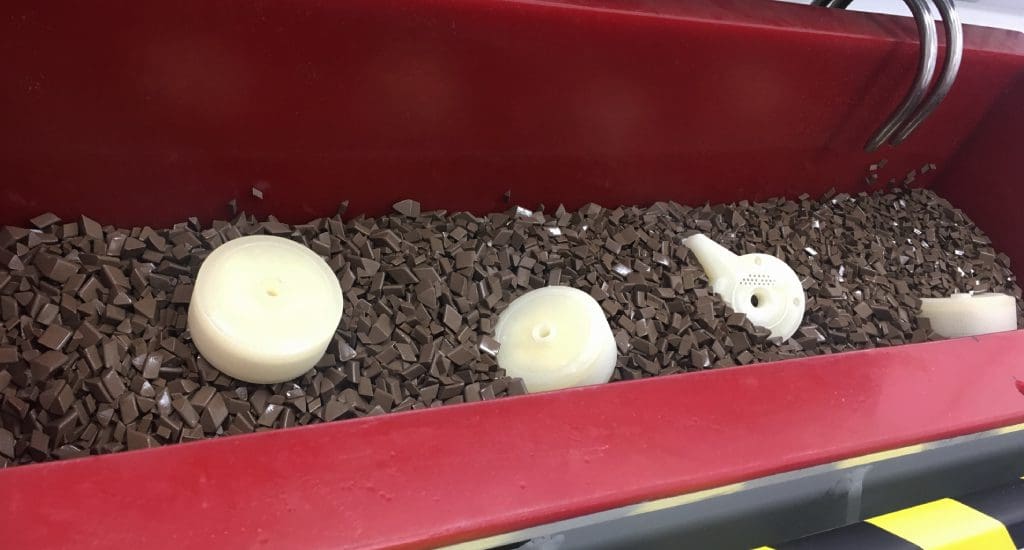
Interested in Finding out More?
To learn more about ActOn’s finishing technology for Polymers 3D Printing industry click here. For further information regarding the finishing process contact our technical team.
Contact
Another related Case Study
